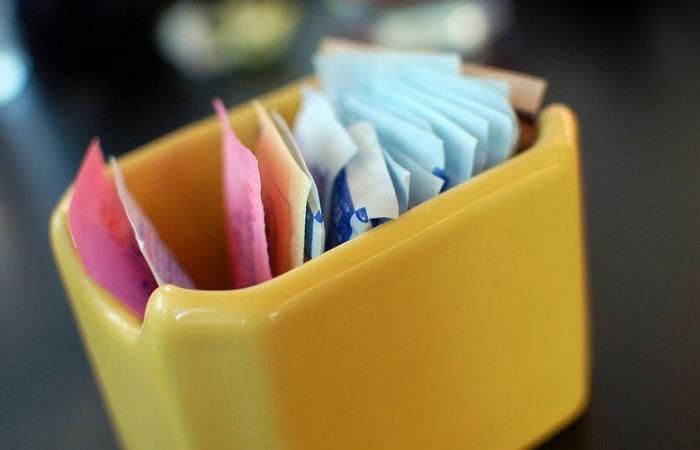the essential
Regular consumption of intense sweeteners could increase the risks of diabetes, cardiovascular diseases, strokes and certain cancers, according to recent studies revealed by the journal “Prescrire” in its October issue.
The consumption of so-called “intense” sweeteners raises concerns about their long-term health consequences. These additives, present in many products such as beverages, dairy products or sugar substitutes, are commonly used in weight loss diets or for blood sugar control in diabetics.
Increased risks of type 2 diabetes, obesity and stroke
In its October issue, the journal “Prescrire” highlights that recent research, including a large cohort study conducted in France on approximately 100,000 adults, highlights the risks associated with their prolonged use. According to these data, high consumption of “intense” sweeteners increases the risk of developing type 2 diabetes, obesity, as well as cardiovascular diseases such as stroke and high blood pressure.
Liver and bladder cancer
Among the most commonly used sweeteners are aspartame, sucralose, and steviol glycosides. One study showed that aspartame is associated with an increased risk of liver cancer, while saccharin increases the risk of bladder cancer. Furthermore, researchers indicate that the slimming effect of these substances is minimal, with weight loss often less than 1 kg.
The message from the experts is clear: “It is best to reduce overall consumption of sugary drinks and foods, whether they contain traditional sugars or artificial sweeteners,” the researchers explain. Rather than looking for artificial alternatives, they recommend favoring unsweetened drinks or naturally sweet foods, such as fruit.
So while sweeteners may seem like an easy solution to replacing sugar, there is growing evidence that their health effects are far from trivial.






